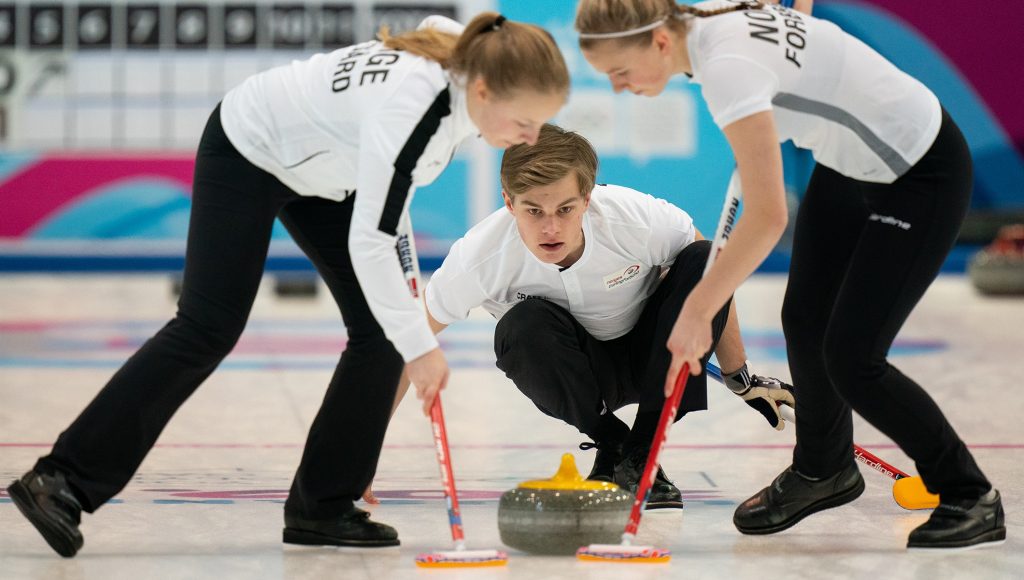
3. Curling made its Olympic debut 74 years before becoming an official sport
Curling made its Olympic debut during the 1924 Winter Olympic Games in Chamonix, France before being dropped for the following 1928 Olympics. After that, curling was solely held as a demonstration sport between 1932 and 1992, which means that it was presented just to raise awareness of the sport with none of the medals won being actually counted toward the final tally of a country.
After being relegated to demonstration status at the 1932 Lake Placid Winter Olympics, the 1988 Calgary Games, and then the 1992 Albertville Games, both men’s and women’s curling participated officially in the program in Nagano in 1998. However, in 2006, the International Olympic Committee (IOC) decided to upgrade the curling medals from that first1924 Olympics from demonstration to official medals.

4. Curling has its own language.
Like many sports, curling has its own rules and distinct terminology that make it unique. The aim of the game is to score the most points when you deliver stones in a clockwise or counterclockwise direction. After they are delivered, stones usually curl to either the right or left, which is the reason why the sport is named “curling.”
Two teams with four players take turns scoring eight stones each in a period called an end. Team that has the closest stone to the button gets rewarded a point. In addition, if that team has multiple stones close to the button, they also get a point. The team that scores the most points after 10 ends wins the game.
Each player takes turns delivering stones from the hack and must release it before reaching the hog line. The skip, or captain, then yells out instructions to the sweepers, who brush away and melt ice with brooms in order to guide and prolong the delivery point of the curling stone.
Teams can also take out the stones of their opponent from the house in order to get them out of play to prevent them from scoring or to score more points.